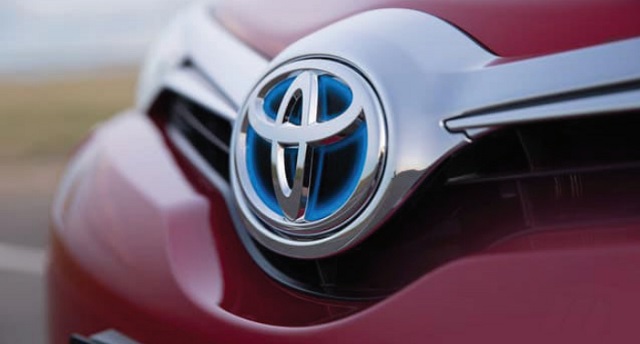
Kampala, Uganda | MOTORING GURU | Toyota has plans of replacing the engines of one of its most popular cars- the Corolla. The company has announced two new engines, two new gearboxes and two new all-wheel drive systems that will play significant roles in several upcoming vehicles.
Expected to make its way first into the 2019 Toyota Corolla that was teased on Feb. 26 and will go on sale in Australia this year, Japan’s largest car-maker has confirmed its new 2.0-litre engine will pump out up to 126kW of power and 205Nm of torque.
Likely to replace the ageing 1.8-litre four-cylinder engine that powers the current Corolla, which is good for 103kW and 173Nm, the new 2.0-litre engine represents significant power and torque hikes of 23kW and 32Nm.
The new powertrain products are designed to slot into Toyota’s new global architecture (TNGA), which will underpin almost every new Toyota vehicle and already supports the Toyota C-HR and fourth-generation Prius.
Dubbed ‘Dynamic Force’, the new engine brings direct fuel injection (D-4S) and delivers “world-leading thermal efficiency” of 40 per cent, claims Toyota. Importantly, the new engine will comply with upcoming global exhaust emissions regulations.
There’s also a 2.0-litre Toyota Hybrid System or THS II, which pumps out 107kW and 180Nm from the petrol side and another 80kW and 202Nm from the electric side.
The THS II gets a lighter nickel-metal hydride battery pack and the new hybrid powertrain will deliver “improved driving performance while retaining superior fuel efficiency” according to Toyota.
It may sound a little dull – a pair of new 2.0-litre four-cylinder petrol engines – but the amount of research and development dollars that have been sunk into these systems make them critical to Toyota’s future products, and especially its top-selling Corolla.
New transmissions
Toyota has also confirmed a pair of new transmissions, including a six-speed manual gearbox that is lighter and smaller than before, and a ‘Direct Shift-CVT’ or continuously variable transmission.
The latter adopts a separate launch gear, which is designed to improve acceleration off the line. It then switches to the regular CVT pulley system for cruising, enabling a more efficient ratio at cruising speeds.
Lastly, Toyota will deploy two different all-wheel drive systems, Dynamic Torque Vectoring AWD and E-Four 4WD.
The former is a true-blue vectoring system that uses a unique mechanism – not the brakes – to transfer torque between the rear left and right wheels.
It can also shuffle engine power between the front and rear axles by using what Toyota claims are the “world’s first ratchet-type dog clutches on both the front and rear wheel shafts”.
Toyota talks up the system’s “high off-road performance even on the toughest roads” and says the “clutches stop the drive system rotations, which transmit driving force to rear wheels when in 2WD mode, significantly reducing energy loss and improving fuel efficiency”.
The E-Four AWD system is for hybrid vehicles, shunting electric power to the rear wheels. It is also touted as providing “high [levels of] off-road performance”.
Stay tuned for more details on Toyota’s upcoming new powertrain options, which will join its relatively new 310kW/600Nm 3.5-litre twin-turbo V6 and 10-speed automatic powertrain in the new Lexus LS limousine
*****
Source: motoring.com.au
 The Independent Uganda: You get the Truth we Pay the Price
The Independent Uganda: You get the Truth we Pay the Price



